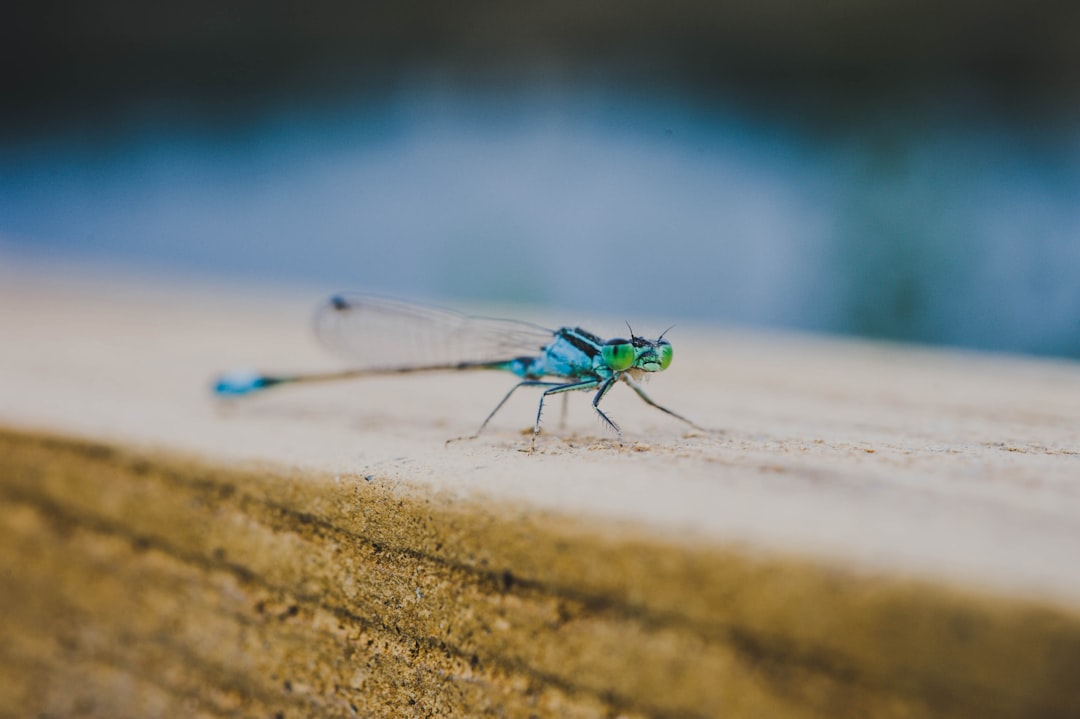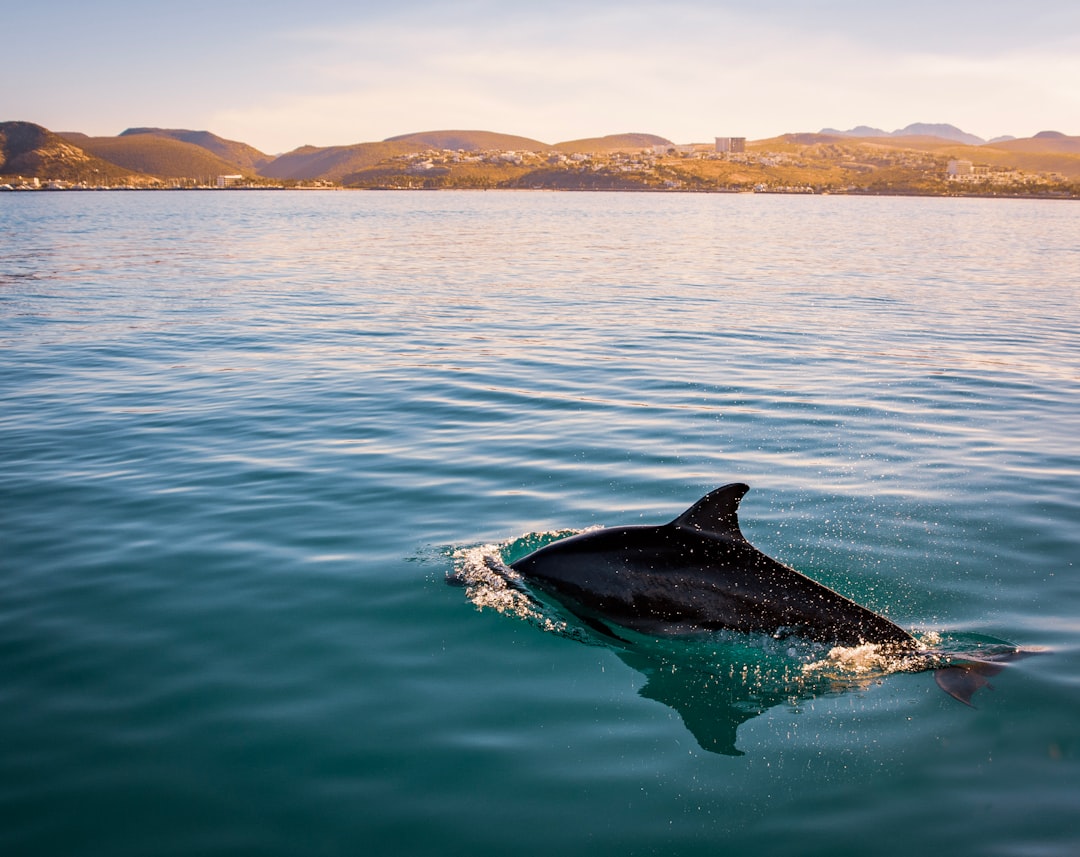What is it about?
Clutch initiation date decreased with longitude, clutch size increased with latitude and decreased with maximum temperature, whereas the number of fledglings increased both with latitude and longitude, and decreased with maximum temperature in 19 European studies of the Great Reed Warbler. Our study confirmed previous findings about the increasing trend in clutch size with latitude, but also found earlier clutch initiation dates and higher number of fledglings longitudinally from west to east, with precipitation closely associated with clutch initiation date and maximum temperature closely associated with the number of fledglings.
Featured Image
Why is it important?
Although clutch size variation has been studied along the latitude it is important to understand that breeding parameters also vary longitudinally and these may be related to weather circumstances or other environmental factors.
Perspectives
As the Great Reed Warbler is a well studied species I suggest that it was necessary to investigate the change in the breeding parameters in a wider geographical range.
Dr Thomas Oliver Mérő
Nature Protection and Study Society - NATURA
Read the Original
This page is a summary of: Latitudinal, longitudinal and weather-related variation in breeding parameters of Great Reed Warblers in Europe: a meta-analysis, Bird Study, May 2015, Taylor & Francis,
DOI: 10.1080/00063657.2015.1042357.
You can read the full text:
Resources
Contributors
The following have contributed to this page










